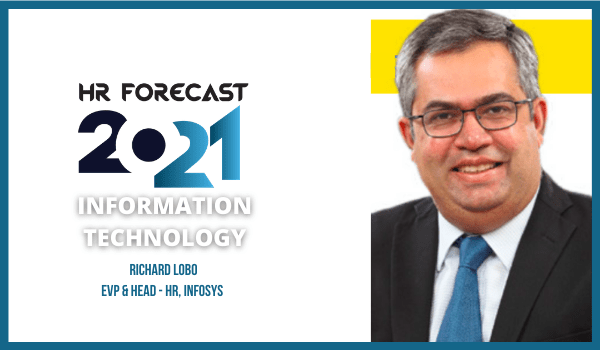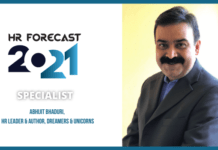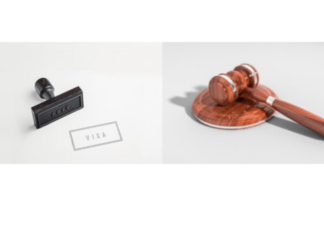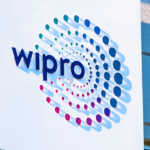2020: What to learn – what to erase
The global shift to remote work over the last year has created both opportunities and challenges for our world of work. On the positive side, companies have seen the need to accelerate their investments in workplace technologies. We have a unique opportunity to help make our workplaces more human by using
technology paired with human thought. The big learning for all of us was that when forced by situations, enterprises have the collective agility to deliver in new and unexplored ways. 2020 was the year of experimentation and of repurposing both office and talent. The pandemic highlighted the power of human and business resilience and showed that productivity can be maintained or even improved in spite of constraints.
On the other side, I think the suffering and impact a pandemic can have on our physical and mental health, due to long periods of isolation, has been a sad learning. The personal tragedies that people have experienced and the impact the pandemic has had on everyday business are going to be felt for a long time.
HR has shown great agility and business acumen
I don’t think any successful organisation doubts the importance of the people function in its continued success. With a unique and powerful perspective of their own, HR professionals will see aspects of the business environment that go beyond what other business disciplines do, and contribute substantially to business success. More than ever before, the linkages between employees, clients and investors have become important in creating competitive advantages for companies. I would seriously urge everyone to stop discussing the role and position of HR, as its importance has been well demonstrated in multiple settings.
Mental health of employees
A well-designed wellness programme focusses on both physical and mental health. It involves creating a framework that has both short-term and long-term plans for both, and is co-created with employees so that it becomes part of a company’s culture. Corporate wellness is not just one solution, but the culmination of many solutions that work together under one strategy. It involves layers of physical activity, education, communication, incentives and long-term commitment. The increased periods of isolation and the stress that office workers went through in the last year have brought mental health to the forefront. There have been several new offerings by companies and service providers in this area. I expect more innovation to happen in this space, which will have a long-term positive impact on a holistic approach to wellness.
Managing hybrid workforce is more challenging
The future of work will involve workplaces that are physical as well as virtual. We need to plan the future with a hybrid model in mind. It will involve the creative use of office facilities to enable physical interaction, collaboration and building of social capital. Innovative virtual setups will have to be used to give people increased flexibility as well as more time for learning and development. An ideal workplace of the future will make use of the best of both worlds in a seamless manner. For this model to succeed, we need to make work more engaging, re-imagine our communication, overdo on health and wellness and repurpose office spaces to accommodate hybrid work.
HR also needs to be more resilient
Most functions, including HR, have been adaptive and resilient during the last year. Over a period of time, we will also realise that we have become antifragile — we have become better because of the crisis. What we have faced together has made us stronger. Organisations are complex systems, and when such complex systems are exposed to stressors they become better. For instance, when the human body is subjected to continuous load over time, our muscles develop. So while we have gone through a whole range of difficult situations over the past year and adapted to the change, in the long run they will make us stronger and more ready for the challenges of the future.
Corporate wellness is not just one solution, but the culmination of many solutions that work together under one strategy
While the pandemic will eventually ease, we will continue to face multiple challenges — climate, geo-politics and blurring of boundaries between work and personal life. By the very nature of human evolution, we will develop mechanisms to deal with change.
2021 – changing organisational design
For me, the next year will be about paying attention to the ‘human’ at work and making work more human. This will involve intelligent use of data and technology to tailor employee experiences and make them more meaningful. This will mean better communication, more learning opportunities and rebuilding of social capital, which was depleted due to the long period of remote work. If we get it right, we will create a new world of work and HR will have a big role to play in facilitating the shift. It’s going to be an exciting time.
Value our content... contribute towards our growth. Even a small contribution a month would be of great help for us.
Since eight years, we have been serving the industry through daily news and stories. Our content is free for all and we plan to keep it that way.
Support HRKatha. Pay Here (All it takes is a minute)




































